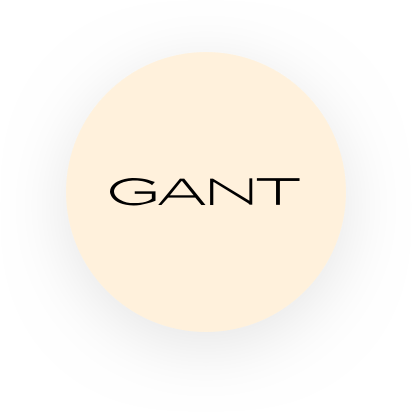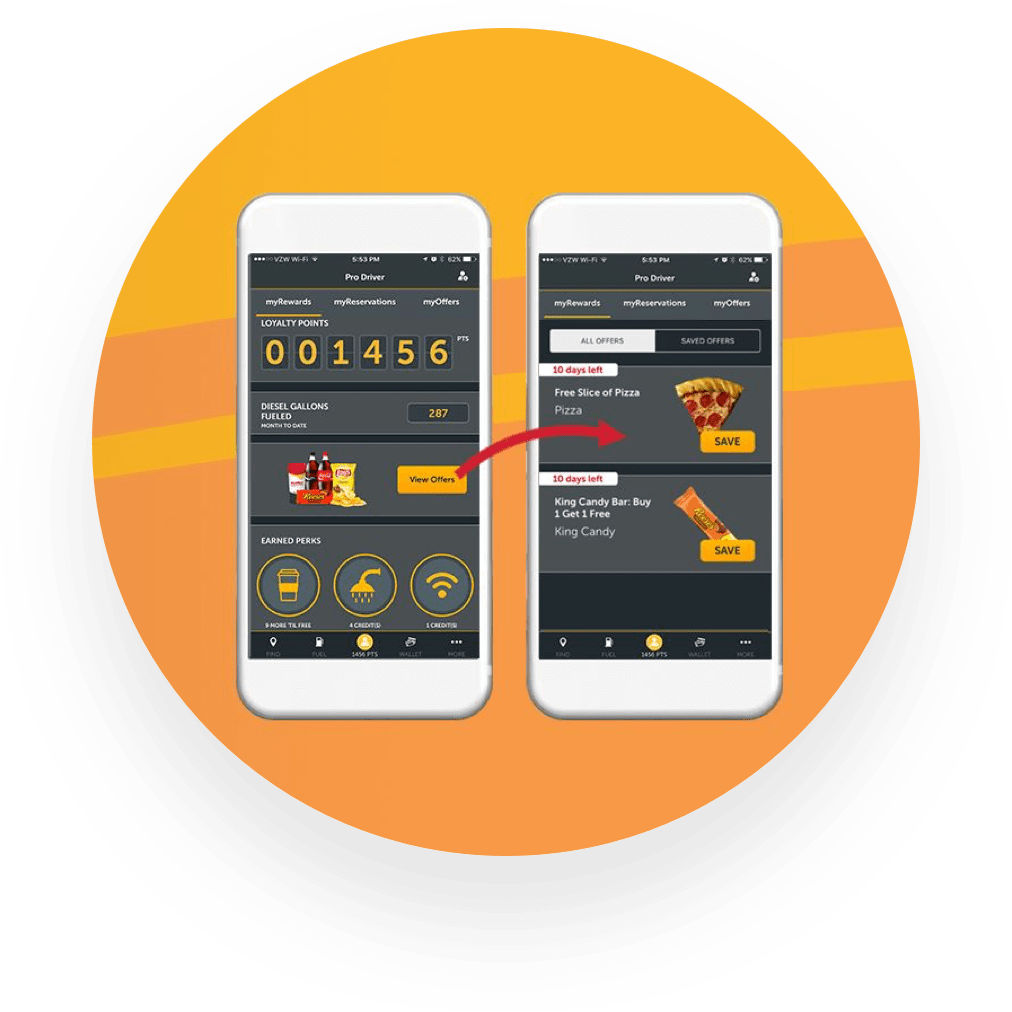3X faster rollout to market
⅓ cheaper rollout to new markets
GANT, a global fashion retailer with 750+ stores in 70 countries is becoming an omnichannel brand by leveraging digital technology. In order to survive in today’s disruptive environment, the retailer is bringing IT to the forefront as a strategic enabler.
Providing a seamless customer experience
GANT wanted to provide a consistent experience across channels in order to keep up with changing customer preferences. With the rise of mobile and social media, customers today interact with their brand across various touchpoints. For example, a customer can see a shirt on Instagram or visit GANT.com to learn more about GANT and other product offerings. But that customer might eventually choose to buy the shirt in a store nearby because they want to try the shirt on. GANT found that this type of multi-channel shopper has a higher conversion rate, particularly on mobile, and led to 30-40% more profitability.
However, GANT identified a major missed opportunity for its customers. Customers might want a particular item in a particular size, but when they check the website, they discover that item is out of stock. This product might be available in a nearby store, available to purchase but remaining unsold. This is a negative experience for the customer, and ultimately results in lower profits for the company.
GANT identified this gap in the customer journey and wanted to improve the customer experience so at any given time, the customer is able to buy the product they want. To solve for this, they proposed a service called the “Online Store Stock Check” (OSSC). That way, if the customer is browsing the website and wants to buy a shirt that may be unavailable online, there is a button that invites the customer to “Check Store Stock.” The customer can then easily search for their size and get a list of nearby stores where this shirt is in stock.
To ensure a seamless experience, customers can also access information about the store, including store hours, distance from location and contact information. The customer can even call and have the item shipped directly to their home.
This “Online Store Stock Check” (OSSC) service might seem quite simple for the end customer, but the underlying technical processes are actually very complex. Like many global retailers over the years, GANT has built up a myriad of applications and processes to the point where it can become complex to create solutions quickly. These various systems needed to run a global retail business — retailing, wholesaling, PIN reporting, business intelligence — are also compounded by the addition of external partners such as third-party retailers, suppliers, warehouses and logistics. This complexity brought various technologies and processes to the table, and resulted in different ways of working, inefficient organizational models and disorganized processes for running IT projects.
This approach unfortunately led to a lot of information silos throughout GANT. The retailer wanted to establish more control across its application landscape. And when it came to innovative new projects like the OSSC initiative, it was hard to make informed judgments about how long the project will be, and how much it would cost.
Exposing key services through APIs for faster delivery
To keep pace with competitors in the retail industry, more and more projects were requested by the business to the IT team. In order to meet omnichannel expectations, projects like the “OSSC “ were critical and the retailer knew there would continue to be more projects in the future. It was necessary to create a foundational architecture, which was done by providing a system API running the GANT integration center, which governs and drives the different transformation through integrations. Using MuleSoft, GANT was able to abstract the complexity from various systems and ensure the data was available to different lines of business.
Once connectivity, structure, and documentation was present, GANT started to look at how to provide information services in the most efficient way, both internally and externally. The retailer began building a service-based architecture.
By exposing the data through APIs, they can reuse assets across projects and make the data available in an entirely new channel, such as mobile or a in-store kiosk.
Less than 1/3 of the cost for subsequent rollouts
Through an API that GANT developed with MuleSoft, when the customer clicks on the store to check product availability, the inventory API pulls out the store data and then matches it with the stock data from GANT’s retail system. Then, this data is displayed to the customer so they can call the store to reserve or buy that product.
To move quickly in a changing world across various markets, these omnichannel features needed to be implemented for GANT in a timely manner. By reusing assets, this product availability feature was rolled out across five different markets three times more quickly then if GANT would have used traditional point-to-point Integration.
To further embrace this new IT operating model, GANT looked to establish a center for enablement (C4E). This approach allows GANT to not only focus on the technology component, but allows for collaboration of different GANT stakeholders, letting various lines of business use the centrally available APIs to self-serve and build innovative projects. The central IT organization provides guidelines and best practices so application developers throughout the business quickly can understand the API, how the API has evolved, and provide automated governance so they can register themselves as API users. Importantly, the consumers of the APIs also offer feedback so the central IT organization can improve the reusable assets if needed.
GANT believes that in the long term, customers will not always visit traditional retail outlets and look to engage with brands through new channels. Their customers will buy through channels like social media, Amazon and numerous other marketplaces, which will change and evolve through time. It is therefore necessary to open their inventory to customers across different channels and touchpoints. With their foundational infrastructure optimized for change through MuleSoft’s Anypoint Platform, and the innovation and efficiency made possible through the center for enablement, GANT is quite confident that they are building an omnichannel brand prepared for the future.





